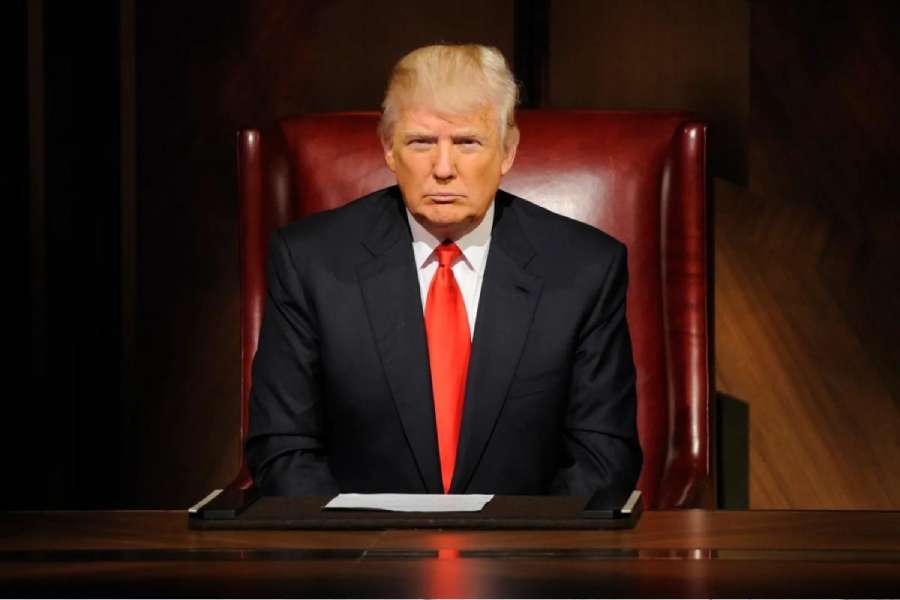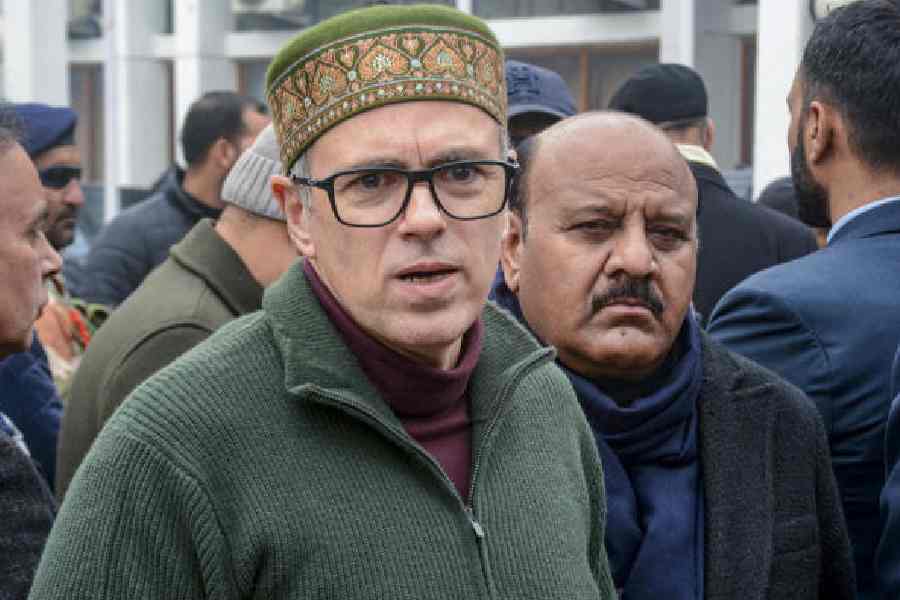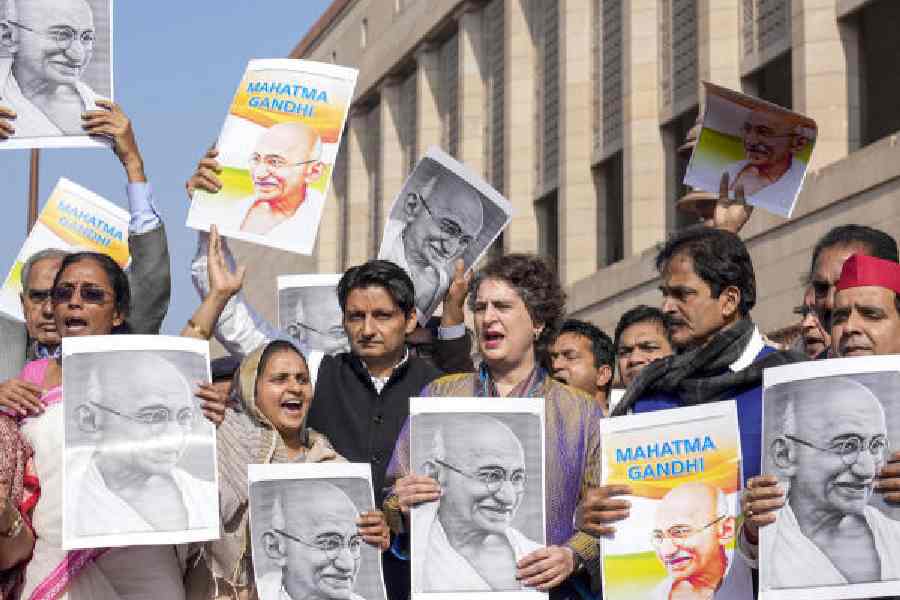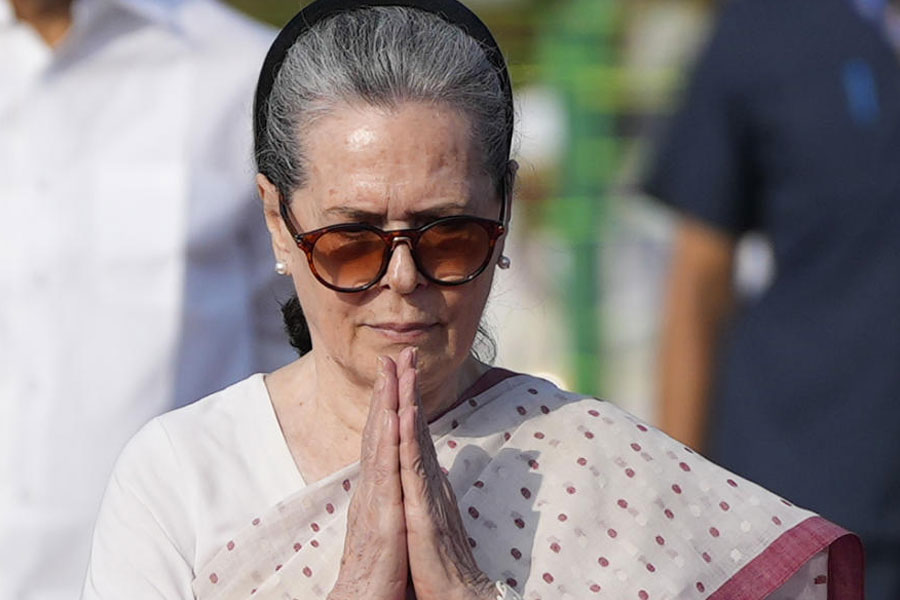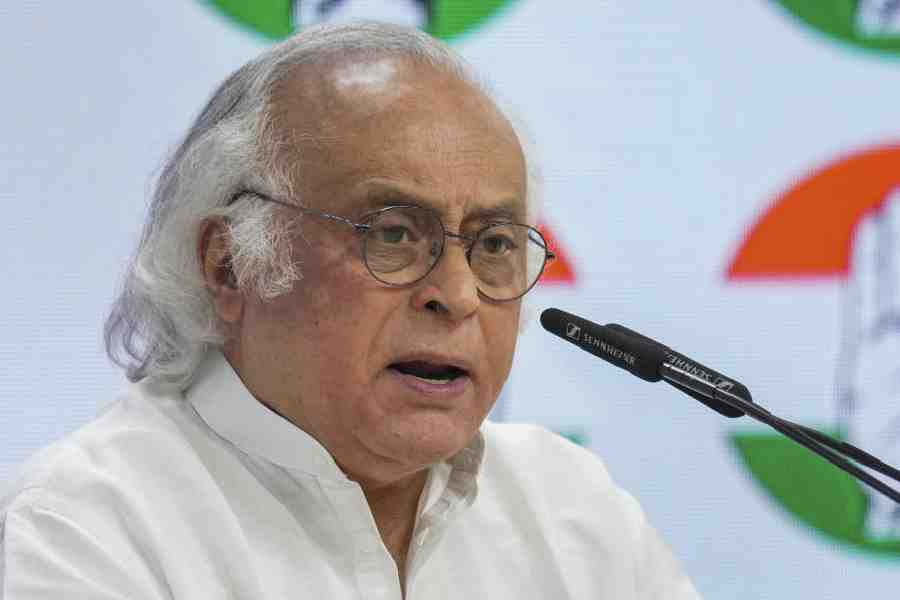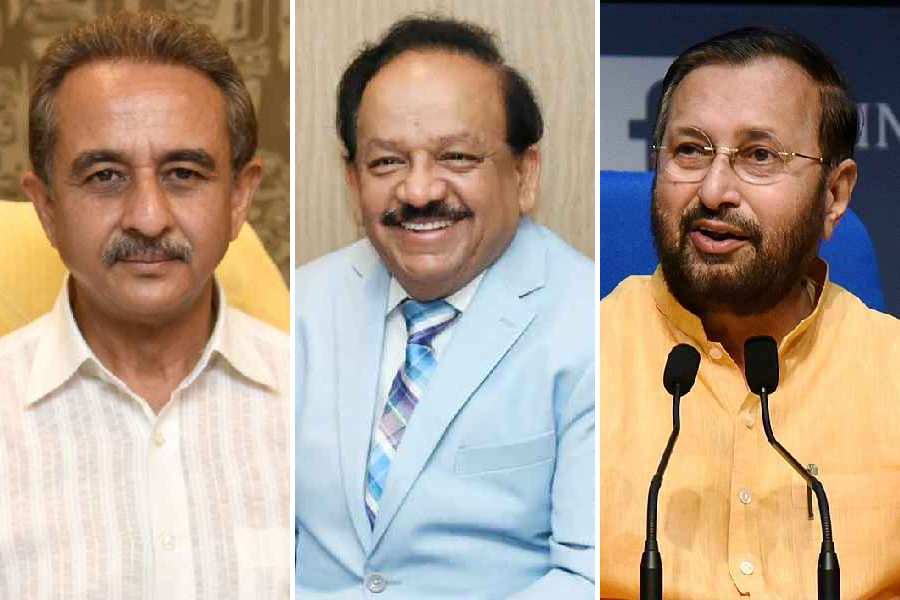The general consensus: It could have gone worse for India, which has not fared as badly as some of its Asian peers under President Donald Trump’s tariff blitz.
While global markets reeled, India’s financial assets have shown surprising resilience, and its major export sectors emerged less hard-hit than some of its Asian peers.
“While the 27 per cent tariff on India is higher than what India imposes on U.S. goods, our biggest exports – IT services and pharmaceuticals – remain untouched,” Bernstein brokerage said in a note. Also spared are semiconductors, copper, energy, and minerals.
“Given that tariffs on South Asian competitors are even more severe, India is in a strong position,” Bernstein added.
Trump Thursday slapped China with 54 per cent tariff, Cambodia with 49 per cent, and Vietnam with 46 per cent, making India’s 26 per cent levy look benign.
India’s benchmark NSE Nifty 50 Index dipped 0.4 per cent. Pharmaceutical stocks staged a sector-wide rally, while the rupee held up better than most of its emerging Asian peers.
Japan’s Nikkei plunged 2.8 per cent, South Korea’s Kospi dropped 1.1 per cent, and Hong Kong’s Hang Seng slid 1.7 per cent.
“Net-net, it appears India's export competitiveness to the US market stands far less impacted on a relative basis. Yet our industry should make concerted efforts to increase export efficiency and value addition, to mitigate the impact of these tariffs,' Assocham president, Sanjay Nayar said in a statement.
For textiles, footwear, and electronics, the move could enhance India’s position in a global sourcing landscape where Vietnam, Cambodia, and Thailand now face much higher barriers, analysts said.
In sectors like auto parts, chemicals, and electronics, India could attract business that might have gone to China, which faces a punishing 54 per cent tariff wall.
Goods previously exported to the US could be diverted to India, creating competitive pressures for Indian firms.
Jefferies Financial Group’s Mahesh Nandurkar noted that while the levies on Indian exports are “reasonable from a relative perspective,” some industries will still feel the pinch.
Jefferies warned of possible trouble ahead for the manufacturing, logistics, and retail sectors, while healthcare, high-tech, and communications are expected to fare better.
IT services were spared direct tariffs, but they could still suffer if the US economy slows. A drop in discretionary spending could lower demand for Indian IT services.
The Nifty IT index reflected these worries.
It was Thursday’s worst performer, sliding 4 per cent. And Trump’s 26 per cent tariff on US imports from India is higher than the 20 per cent levy on the EU, the 24 per cent duty on Japanese exports, and the 25 per cent charge on South Korea.
But economists warn that the new duties could impact Indian growth. Morgan Stanley economists say that their 6.5 per cent GDP growth forecast for the fiscal year ending March 2026 could suffer a 30-60 basis point downgrade.
Emkay Global estimates that India’s exports to the US could take a $33-billion hit, which could translate into a potential 0.9 per cent loss to GDP.
“Let us recognise that in the short run, this will adversely affect the US economy first and foremost -- it’s a self-goal as footballers would say. Coming to the effects on other countries, the direct effect of any tariff on India's exports will be to raise prices for US consumers, reducing their demand, and hence Indian growth," Rajan told PTI.
A 10 per cent baseline tariff kicks off this Saturday before the remaining, higher reciprocal tariff takes effect from April 9.
The timing of the tariffs is bad with India’s economy already grappling with lacklustre consumer confidence and sluggish business investment. HSBC chief India economist Pranjul Bhandari warns the tariff hikes could shave 0.5 percentage points off GDP growth, estimated at 6.5 per cent for the year.
“We (India) sell a lot of goods to the US, and now we’ll be slapped with extra taxes,” Bhandari told Business Today. India exported over $87 billion in goods to the US in 2024, making it our top export destination, accounting for 18 per cent of outbound trade. Our trade surplus with the U.S. stood at $46 billion in 2024, a 5 per cent jump from the previous year.
“There’s an indirect impact too,” Bhandari added. “With all these tariffs, global trade volumes will shrink, causing a much bigger drag on growth than we initially anticipated.”
In addition, there’s the “chill effect” of Trump’s tariff storm on investment. “Investors looking to pour money into pharma, textiles, or manufacturing are holding back. Nobody wants to move when policy shifts can change the game in a heartbeat,” Bhandari said.
Trump has long criticised India’s trade policies, calling it a "very high tariff nation."
India’s average tariff rate was 17 per cent in 2023, compared to just 3.3 per cent in the US Agricultural tariffs were even steeper, averaging 39 per cent, nearly eight times the US level, while India has a 70 per cent tariff on passenger vehicle imports.
The pressure is now on the government to strike a deal with Washington. To ease tensions, India may have to cut its tariffs, hike American energy imports, and provide greater market access to US goods.
"We can certainly bring down the tariffs we have been raising -- that would be beneficial to India regardless of whether it will help us negotiate down US tariffs," Rajan said. Also, working out a more equitable relationship with China should be a priority, he said. "Equally, let us build stronger bridges within SAARC, our neighbours,” he added.
Analysts expect India to take a conciliatory approach and favouring negotiations over escalation. But Indian officials are downplaying the impact of the tariffs. And government officials have signalled there are no plans for retaliation.
“For Trump, it’s America first but for Modi, it’s India first. We are assessing the impact of reciprocal tariffs imposed by the US,” Minister of state for finance Pankaj Chaudhary said.
Both Trump and Modi aim to boost bilateral trade to $500 billion by the end of the decade, up from $129 billion in 2024. They have set this fall as the deadline for completing Bilateral Trade Agreement (BTA) talks. India is hoping that the BTA could offset the impact of Trump’s tariffs.

